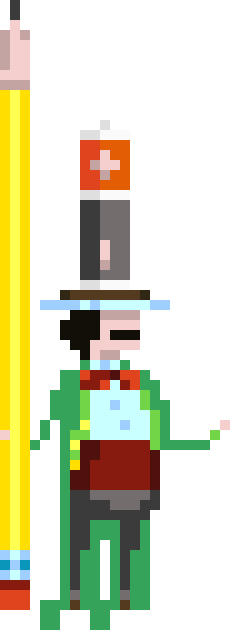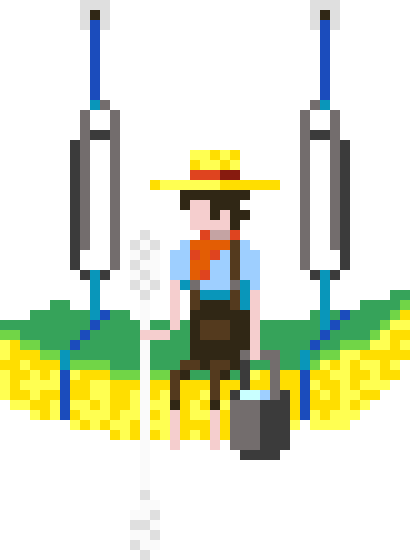



Orange peel texture is a versatile and affordable choice for wall finishing. This drywall texture got its name from its resemblance to the skin of an orange. It is a popular choice due to its attractive appearance, compared to popcorn, while carrying a similar price tag. Orange peel texture is well suited to utility rooms such as closets and basements. This is because this texture has softer edges than other textures like knockdown, making it easier to clean and maintain.
Orange peel texture provides a fast way to provide some character to a wall, while still being affordable. It can be applied lightly for a subtle effect, or heavy for a noticeable texture. Like knockdown texture, orange peel texture gained popularity in the 1970s and 1980s as popcorn texture was banned in the United States. Unlike knockdown, many consider it dated. It's a very common texture in new suburban builds or rentals because it not only hides imperfections in the walls and ceilings, but it also requires one less step than knockdown textures. While it's common throughout the United States outside of the Northeast, it's particularly popular in the Pacific Northwest.
Orange peel is suitable for any room, both walls or ceilings. It's easier to clean than most knockdowns, but it's still not as cleanable as a smooth wall, so consider avoiding applying it in kitchens and bathrooms.
Repairing orange peel is straightforward, but does involve spraying the newly repaired area and blending it in with the surrounding texture.
Orange peel is the easiest texture to create. Load up your spray gun with mud and spray. Done.





Start with at least a Level 3 drywall finish, use a spray gun to apply an uneven coat of all purpose joint compound mixed with water to your wall. Make it as light or heavy as you want.
This texture will not cover the whole surface, so the drywall needs to be a smooth surface. Make sure that your wall is at least up to a Level 3 drywall finish. This means that flat joints and interior angles have been taped and have one coat of joint compound smoothed over them. Accessories and fasteners need at least two separate smooth coats.
Note: If you plan on applying the texture thinly, you will need a Level 4 drywall finish.
There's no reason not to use "all purpose" joint compound for orange peel, but other formulations will probably work fine. Mix it in either a 5 gallon bucket or the bucket it came in if that's possible. Mix it by slowly pouring the water in while stirring constantly by hand with a mixing paddle or with an electric drill with a mixing attachment. Keep adding water and mixing until the consistency of the mud is smooth and creamy like a thick paint or pancake batter.
Let the mud sit for a couple minutes to allow any air bubbles to escape. Give it a good stir before use if it's been sitting for a while.
Pour the mud slowly into the hopper. You will want to test it out on a piece of cardboard first. Different nozzles, air pressure, and trigger pulls will create different textures. You can adjust these three variables to produce the texture you prefer. A smaller nozzle, more air pressure, and a lighter trigger pull will produce a thinner texture.
Always keep the gun in motion to prevent excess build up on one area of the wall. Try to keep the application even as possible. You will see portions of drywall between the splatters.


